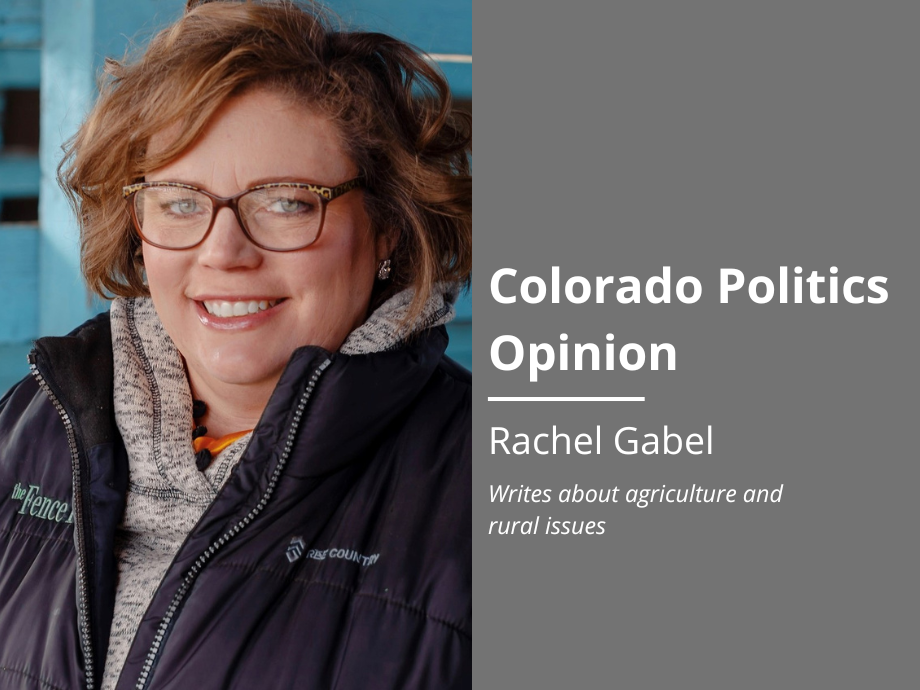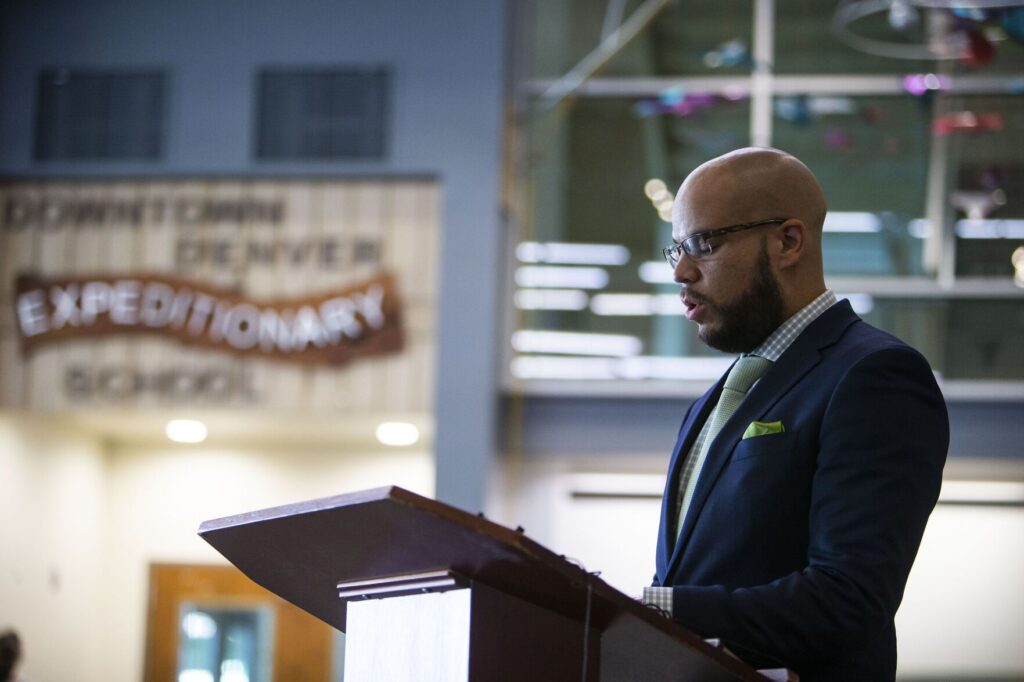Real cost of wolves yet to be seen | GABEL


The real cost of wolves is yet to be seen.
The fiscal impact statement associated with Prop 114 – the reintroduction of wolves – estimated the effort would increase state spending by $300,000 in state budget year 2021-22 and $500,000 in state budget year 2022-23 for public outreach and development of a gray wolf reintroduction plan. Beginning in state budget year 2023-24, spending will increase to about $800,000 per year for the implementation of the wolf reintroduction plan. Implementation costs will only be incurred if federal approval is received, or gray wolves are no longer listed as endangered, and the state is able to begin its reintroduction plan. The fiscal impact statement originally projected costs would be paid primarily from hunting and fishing license fees or appropriations made by the state legislature. Actual state spending would depend on the details of the plan developed by the Colorado Parks and Wildlife Commission and the amount of livestock losses caused by wolves.
I vividly recall clasping my pearls at that figure. I thought $1.6 million for the combined first three years of the project was ludicrous. The appropriation amount Gov. Jared Polis penciled in the long bill is $2.1 million for 2023-24 alone. Hold my beer, pals.
The figure that is truly elusive is the real cost of this voter-approved, ballot box biology, out-of-state dollars-driven dumpster fire. According to an estimate compiled independently by some members of the Colorado Parks and Wildlife’s Stakeholder Advisory Group, the appropriation is likely to be about $4.1 million shy of the project’s price tag in 2023-24.
Just for education and outreach, the figure thrown out by a former CPW staffer in an open meeting was $1.7 million in 2023-24, plus ongoing costs. This isn’t part of the dollars needed for additional staff to handle CORA requests or the development of the management plan, or the amount paid to Keystone to coordinate the working groups and public meetings to pen a plan.
The estimated $6.2 million for 2023-24 alone does include additional CPW wildlife manager positions and meagerly paid game damage technicians and field crews. It includes the $2,000-per-head wolf purchase price and the associated veterinary, laboratory and genetic testing costs prior to release – as well as crates and air transportation for the wolves and staff.
The estimated $6.2 million for 2023-24 alone also includes GPS collars and the associated subscription services, telemetry equipment and the flight time to carry out management and research. This figure also includes a ballpark of depredation costs of about $13,000. However, we now know the plan will include a $16,000-per-head maximum for livestock depredation, so that number is likely to quickly increase.
Outfitter compensation in the form of vouchers, permit banking and buyouts is not included in the figure. Conflict mitigation is estimated at $40,000. A mile of turbo fladry fencing, which is likely to be effective for no more than three months and requires a significant amount of time and labor to install and maintain, costs about $4,800 per mile. Experts recommend using it around small calving pastures, something many ranchers in the big country of the working western United States don’t use. Just the materials alone for a 40-acre pasture would flirt with $10,000. If you’ve ever tried to use a patio umbrella or Christmas blow-up décor in the wind common in Colorado, you can imagine how much damage wind can wreak on plastic flags out in cattle country. This figure does not include other mitigation measures such as range riders.
None of these figures include the hundreds of thousands of dollars the Wyoming legislature appropriated for wolf depredation in their state, anticipated to be on the rise once wolves are reintroduced. It does not account for litigation brought against the state, which I have no doubt is being penned now. It doesn’t account for the potential conflict with the Mexican wolf in New Mexico, nor does it put a value on the frustration of the sovereign tribes or surrounding states who are unhappy with the decision.
This most certainly casts a bright light on the disastrous ballot proposal process here in Colorado, which frequently puts hunting and agriculture in the crosshairs of misinformed and uninformed voters. If there ever were a wolf in sheep’s clothing, this is it and we’re going to be left to pay the tab while CPW is left holding the bag with one hand tied behind their back.
Rachel Gabel writes about agriculture and rural issues. She is assistant editor of The Fence Post Magazine, the region’s preeminent agriculture publication. Gabel is a daughter of the state’s oil and gas industry and a member of one of the state’s 12,000 cattle-raising families, and she has authored children’s books used in hundreds of classrooms to teach students about agriculture.













